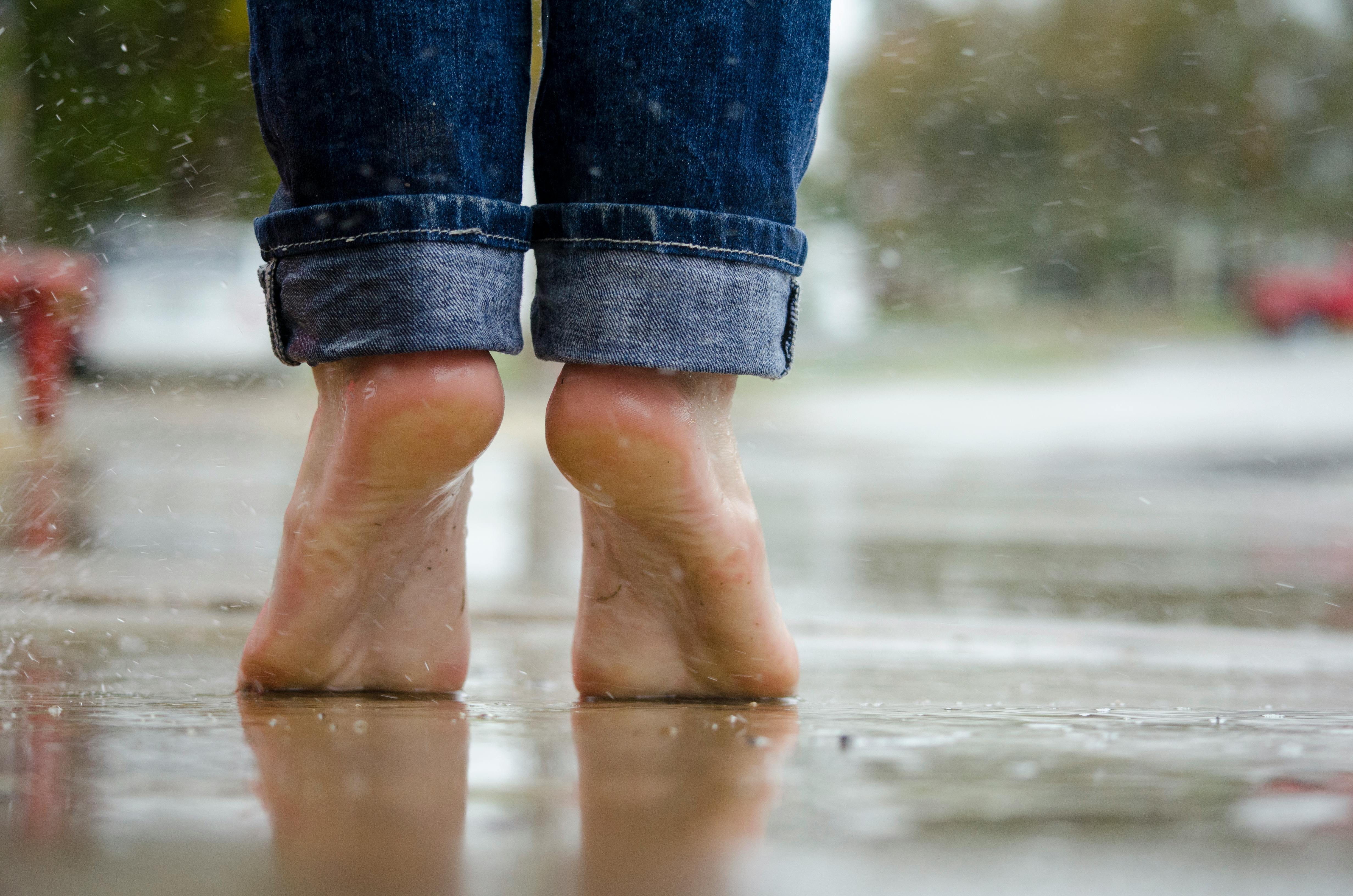Unveiling the Health Potential of Earthing: Connecting with Mother Nature for Optimal Wellness
Did you know that the Earth beneath your feet holds unprecedented benefits for your health? This little-known health strategy, known as Earthing or Grounding, is gaining popularity due to its potential in boosting overall wellness. Its simplicity, accessibility, and scientific backing make Earthing a compelling practice worth exploring.

Earthing: A Historical and Scientific Overview
Earthing, also known as Grounding, is an ancient practice that has roots in various cultures worldwide. Its basic premise involves direct contact with the Earth’s surface, such as walking barefoot on grass or sand. Despite its historical significance, Earthing’s potential health benefits have only recently been investigated scientifically.
Research has shown that the Earth’s surface contains a limitless supply of free electrons, which are believed to have antioxidant effects in the body. These electrons can neutralize harmful free radicals, reducing inflammation and oxidative stress—two major contributors to chronic diseases.
Earthing and Current Health Trends
Earthing fits perfectly into the current trend of embracing natural and holistic approaches to health. Wellness experts are increasingly recommending practices that reconnect us with our natural environment, and Earthing is at the forefront of these recommendations.
Numerous studies have explored the potential health benefits of Earthing. Some research indicates that grounding can improve sleep quality, reduce pain and inflammation, enhance mood, and even speed up wound healing. However, more extensive research is needed to fully understand the scope of these benefits and the mechanisms behind them.
The Practice of Earthing: Benefits and Challenges
One of the main benefits of Earthing is its simplicity and accessibility. It doesn’t require any special equipment or training – all you need is direct contact with the Earth’s surface. This could be as simple as walking barefoot in a park or on a beach, or even just sitting or lying on the ground.
However, like any health practice, Earthing is not without its challenges. Living in urban environments often limits our access to natural spaces, making it difficult to practice Earthing regularly. Additionally, some people may have health conditions or sensitivities that make walking barefoot uncomfortable or unsafe.
Research-Backed Health Insights on Earthing
While Earthing is a relatively new area of research, initial studies are promising. A review in the Journal of Environmental and Public Health found that grounding can help regulate various physiological processes, including sleep, pain management, stress, and immune response.
Despite these promising findings, it’s crucial to approach Earthing with a balanced perspective. It’s not a cure-all solution and should be considered as part of a broader, holistic approach to health and wellness.
Fast Facts on Earthing
- “Free electrons” from the Earth’s surface can neutralize harmful free radicals in the body.
- Walking barefoot on grass, sand, or soil is a simple way to practice Earthing.
- Initial research suggests Earthing can help improve sleep, reduce inflammation, and enhance mood.
- Urban living and health conditions may pose challenges to regular Earthing practice.
- Earthing is not a panacea but can be part of a holistic health strategy.
In conclusion, Earthing represents a fascinating intersection of ancient wisdom and modern science. It illustrates how reconnecting with the natural world can potentially boost our health in numerous ways. While more research is needed, the current findings make Earthing a compelling strategy worth considering in our quest for optimal wellness. As we continue to explore the frontiers of health and wellness, let’s not forget the power beneath our feet – the simple, grounding power of Mother Earth.




